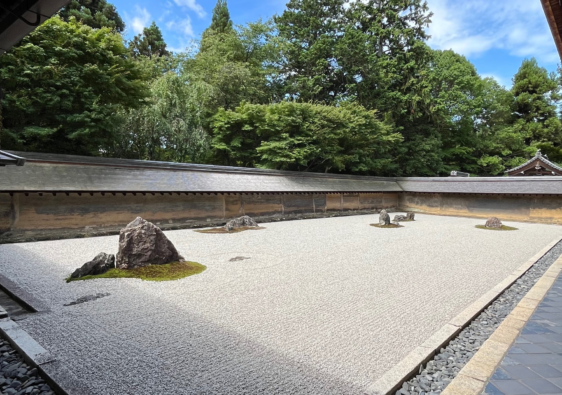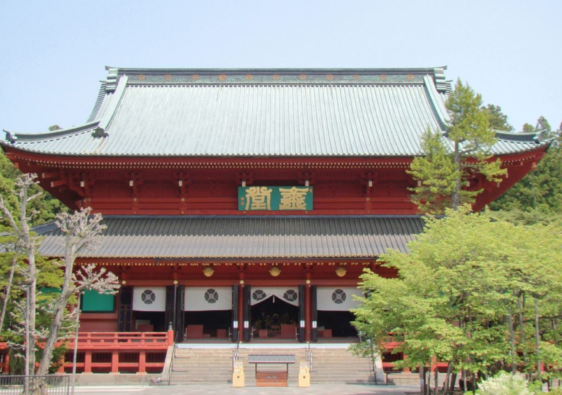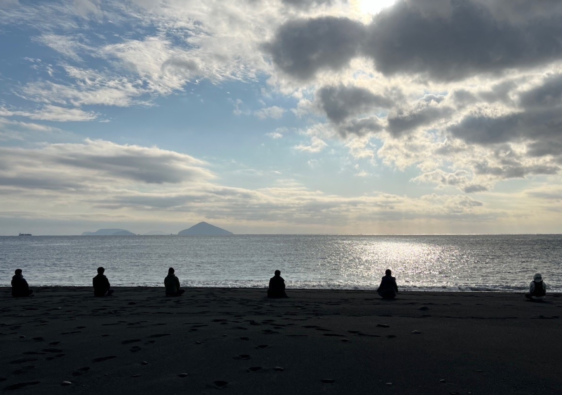Hello, everyone. I had a Kintsugi experience the other day, so I would like to introduce you to a fascinating aspect of Japanese culture and aesthetics: kintsugi. Kintsugi is a pottery repair technique that has been used for a long time in Japan, and it was born out of the spirit of continuing to use broken parts while admiring them as individuality, by decorating cracked parts with golden seams.
The philosophy of thinking about scratches as part of the history of the item and breathing new life into it is connected to the Japanese aesthetic sense. Therefore, Kintsugi is not only a craft, but also a philosophy that embraces imperfection and impermanence.
Recently, the reverse idea of making these scars stand out and turning them into art, the Japanese spirit of “Mottainai” and also it feels like a meditation through the Kintsugi experience have become popular with many people from overseas.

The origin of kintsugi dates back to the 13th century, when a prized celadon bowl from China was broken and sent back for repair. The Chinese craftsmen used metal staples to join the pieces, which made the bowl look like it had large insects on it. The bowl was named Bakouhan, meaning “locust bowl”, and it became more valued for its unique appearance. It was cherished by the shogun Ashikaga Yoshimasa and the tea master Sen no Rikyu, who appreciated kintsugi and spread its knowledge. Sen no Rikyu had a spirit of wabi-sabi, which is finding beauty in imperfection. He thought kintsugi was a suitable expression for that.

Kintsugi requires specialized skills and materials. It uses natural lacquer, which is made from the sap of the lacquer tree. Lacquer hardens by reacting with the moisture and oxygen in the air, creating a strong and durable bond. Gold powder is sprinkled on the lacquered parts to decorate the cracks and chips. Kintsugi can also use silver, copper, or other metals and colors, depending on the pottery and the preference of the kintsugi-shi, the kintsugi craftsmen. Kintsugi-shi think of the best method and design according to the condition and characteristics of the broken pottery. Kintsugi makes the pottery look different from its original form, but that is considered to enhance its individuality and value.

Kintsugi reflects the Japanese aesthetics and philosophy of life. It shows the respect for the history and the story of the pottery, rather than discarding it or hiding its damage. It celebrates the beauty of imperfection and impermanence, rather than seeking perfection and permanence. It creates a new value and meaning from the brokenness and the repair, rather than lamenting the loss and the flaw. Kintsugi teaches us to embrace our own scars and wounds, and to turn them into something beautiful and precious.

If you are interested in kintsugi, you can visit museums or workshops that display kintsugi works. You can also try kintsugi yourself with a simple kintsugi kit that is sold online or in some stores. Kintsugi can be applied not only to pottery, but also to other objects and materials. You can use your creativity and imagination to make your own kintsugi art.
Kintsugi is a wonderful way to experience the Japanese culture and aesthetics.
You can see the movie from Instagram here.




